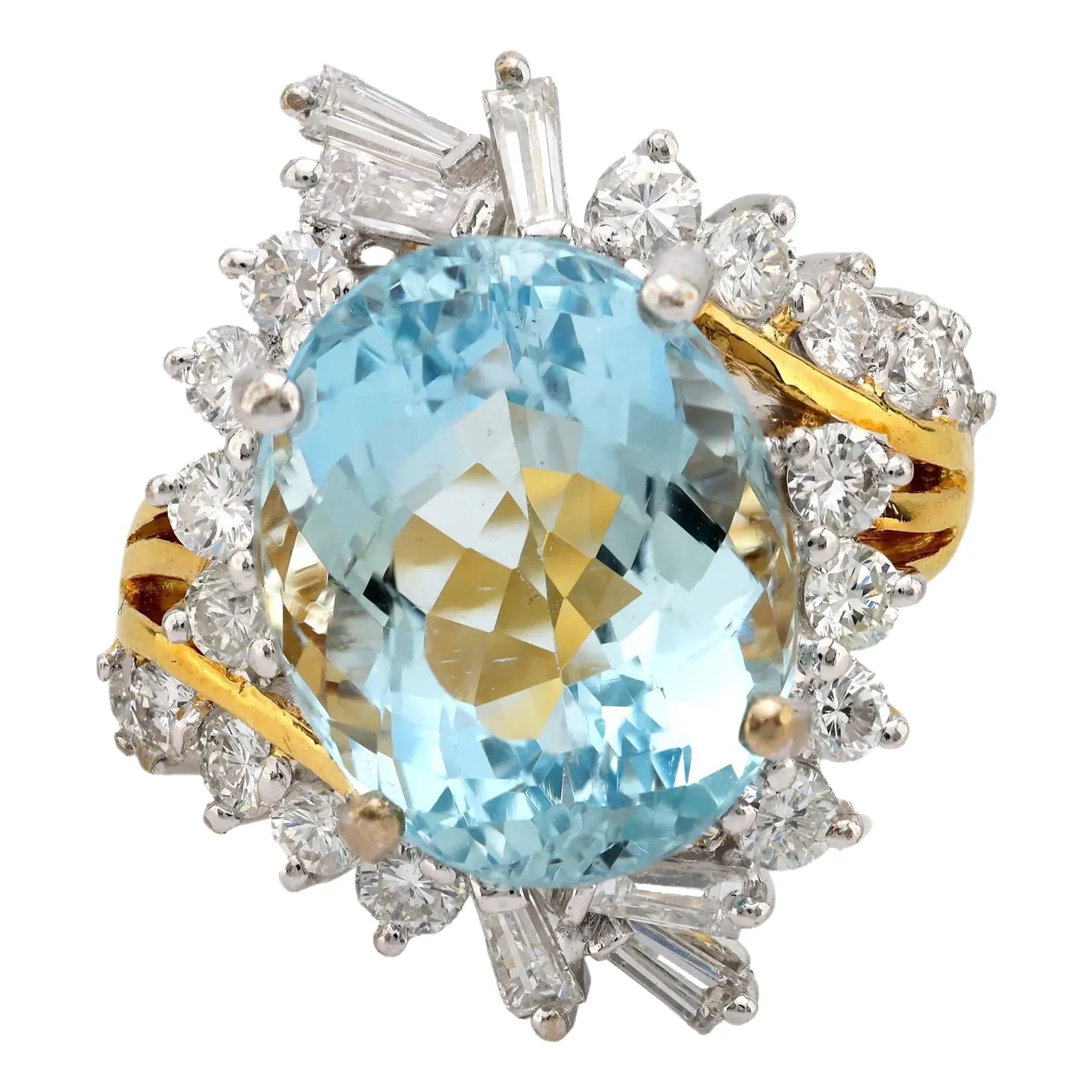History of the Engagement Ring
What is the history of the engagement ring?
The history of the engagement ring actually dates back thousands of years, and its significance has evolved over time. Here's a historical look back...
Ancient Civilizations (Pre-2nd Century):
The practice of giving a ring as a token of betrothal can be traced back to ancient Egypt and Greece. Rings were often made of reeds, leather, or woven plants. They were worn on the fourth finger of the left hand because it was believed that this finger had a vein that led directly to the heart, which they called the "vena amoris" or "vein of love."
Roman Times (2nd Century BCE to 5th Century CE):
The Romans embraced the practice of presenting rings during betrothal, crafting them with increasing intricacy using materials such as iron, gold, or silver. These rings were occasionally adorned with gemstones.
However, it's essential to note that the symbolism behind the act of giving rings at this time wasn't primarily rooted in expressions of love. Instead, the ring served as a emblem of the groom's authority over the bride. The groom typically bestowed upon the bride a gold ring to be worn during public ceremonies and special occasions. Additionally, a second ring, fashioned from iron, was provided for her to wear at home, symbolizing the groom's ownership of his bride.
This practice and its associated symbolism were reflective of the prevailing social norms and values of that historical era.
Middle Ages (5th Century to 15th Century):
During the Middle Ages, engagement rings were exchanged as a symbol of commitment. Rings might be engraved with romantic inscriptions, and they were sometimes worn on chains around the neck instead of on the finger.
It's important to note that the concept of engagements and marriage varied widely during the Middle Ages depending on factors such as social class, region, and religious beliefs. The exchange of rings was just one of many customs related to betrothal and marriage during this time.
Renaissance (14th Century to 17th Century):
Diamond engagement rings began to emerge as a popular choice among the wealthy, although they were often used in conjunction with other gemstones.
One of the first recorded diamond engagement rings was in 1477. Archduke Maximilian of Austria proposed to Mary of Burgundy with a ring set with thin, flat pieces of diamonds in the shape of an “M.” This set a glamorous precedent for European nobility, who added more precious gems to their jewelry.
Victorian Era (19th Century):
During the Victorian era, diamonds were not as commonly used in engagement rings as they are today. Instead, colored gemstones like sapphires, rubies, and emeralds were popular choices for engagement rings during this time.
It wasn't until the late 19th century, particularly with the discovery of diamond mines in South Africa, that diamonds became more accessible and affordable for a broader population. This led to an increase in the popularity of diamond engagement rings.
Queen Victoria, after whom the era is named, actually had a sapphire and diamond engagement ring, which set a trend for gemstone rings in England.
De Beers and the 20th Century:
The De Beers mining company played a significant role in shaping the modern diamond engagement ring tradition. Within the decade, they controlled 90 percent of the world’s diamond production. After the Great Depression ended, they launched a highly successful marketing campaign with the famous slogan "A Diamond is Forever," emphasizing the enduring nature of diamonds as a symbol of love and commitment. Men wereToday, the diamond engagement ring has become the standard in many Western cultures. However, there is growing diversity in ring styles and preferences. Alternative gemstones, vintage rings, and custom designs have been gaining in popularity.












